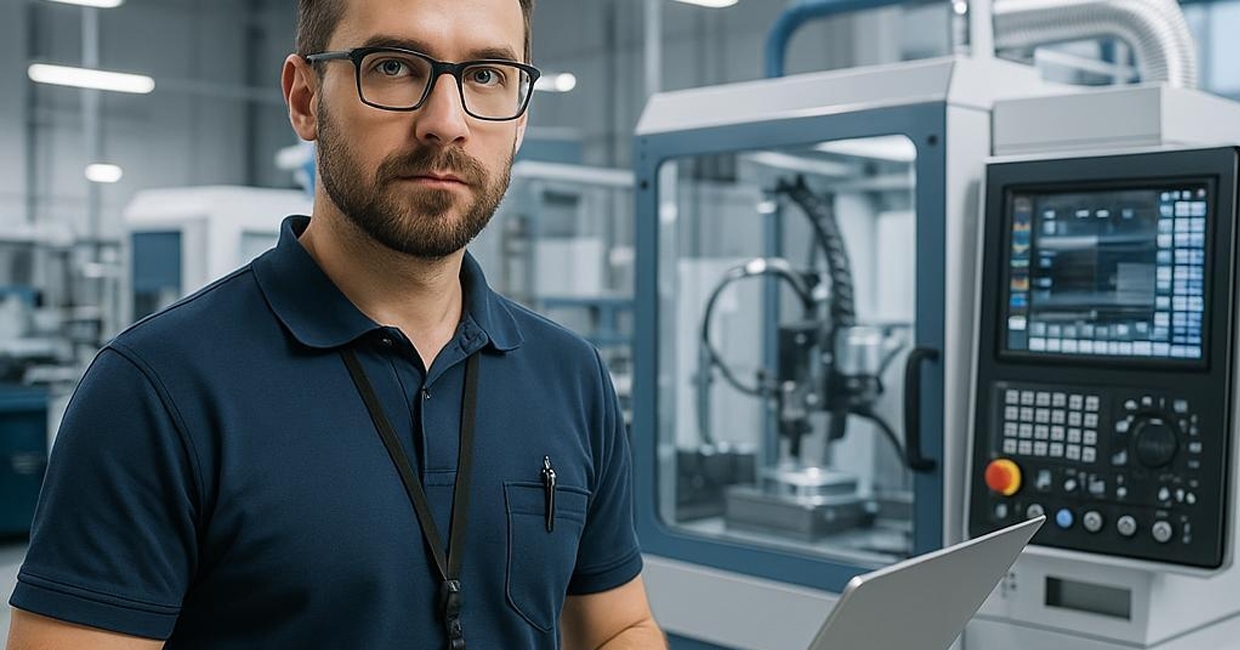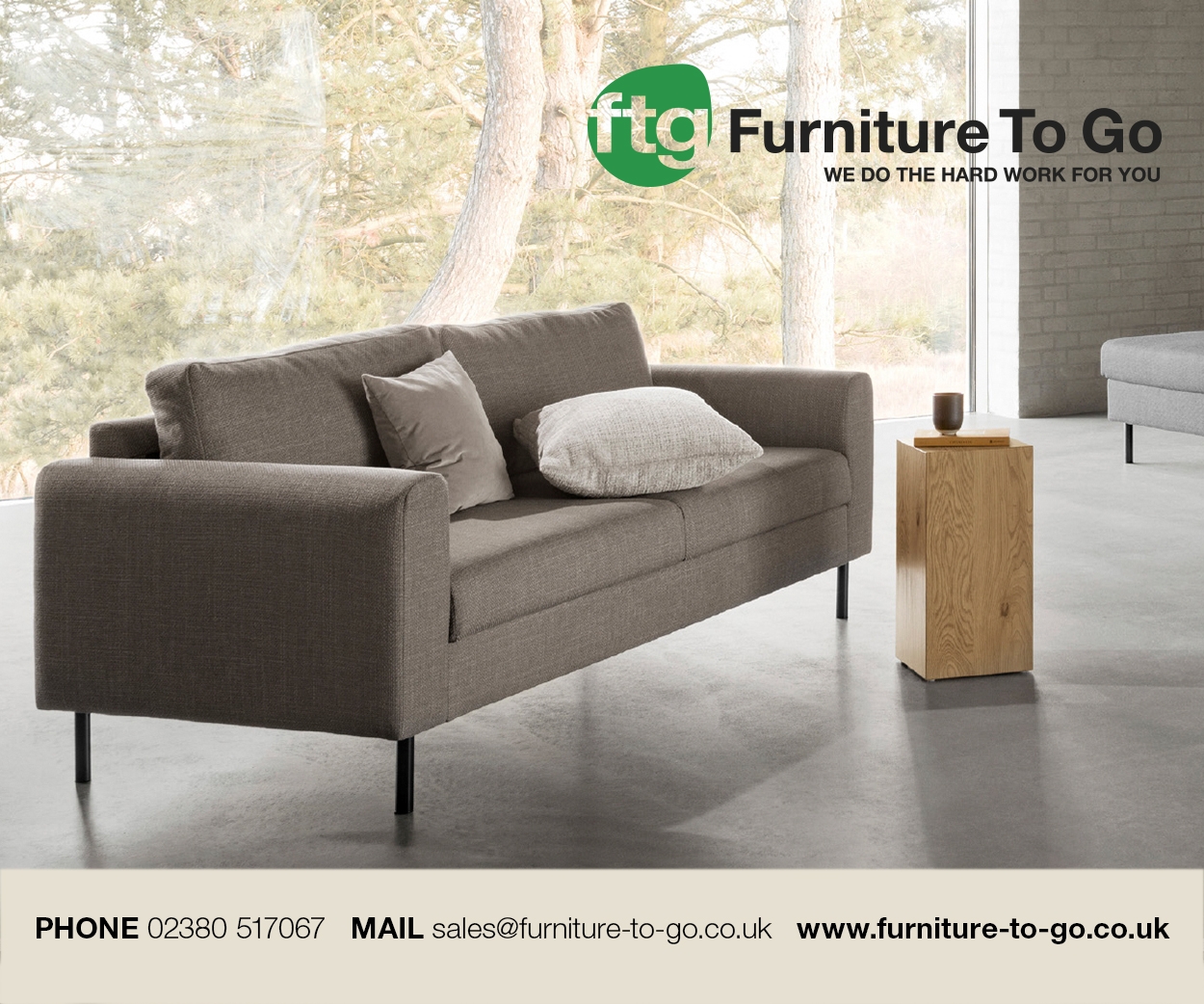Manufacturing has always been about adapting to market demands. Recently, writes Ivana Soldat, a fascinating trend has emerged – traditional manufacturing companies are finding new success by expanding into custom home fixtures. From built-in cabinetry and specialised storage solutions to the stylish radiator cover, these companies are discovering that homeowners will pay premium prices for products that perfectly fit their spaces and aesthetic preferences …
The perfect storm of opportunity
Several factors have converged to create this opportunity. For starters, the housing market has been wild these past few years. With people spending more time at home, many realised their spaces weren't working as well as they could be. Those weird architectural quirks that were once tolerable became daily annoyances.
Meanwhile, manufacturing companies faced their own challenges. Supply chain disruptions, increased competition from overseas, and fluctuating demand in traditional sectors pushed many to look for alternative revenue streams.
Add in the explosion of home renovation shows and social media inspiration, and you've got homeowners who know exactly what they want – and are frustrated when they can't find it in stores.
From factory floor to living room
One manufacturer from London spent decades making components for commercial HVAC systems before noticing increased requests for custom radiator covers. What started as occasional side projects eventually grew into a dedicated division that now accounts for about 30% of their business.
Or an even better example is a manufacturer from Wales, which previously focused on commercial office furniture. When corporate orders slowed during 2020, they pivoted to creating custom built-ins for home offices. They were surprised to find that homeowners were less price-sensitive than their corporate clients, and more focused on quality and aesthetics.
These companies aren't alone. Across the country, manufacturers with expertise in materials like metal, wood, glass and composites are finding ways to apply their skills to residential challenges.
Why it works
Manufacturing companies bring unique advantages to the custom fixture space:
- Production expertise: They already know how to work efficiently with materials, and have the equipment to do so at scale
- Material connections: Established manufacturers typically have existing supplier relationships that give them access to materials at better prices. These savings can be passed along to customers or converted to higher margins
- Engineering knowledge: Companies that have developed products for commercial or industrial applications often bring problem-solving approaches that purely decorative producers might miss. That radiator cover isn't just pretty – it's designed to optimise airflow for better heating efficiency
- Adaptable workforce: Manufacturing employees already possess valuable skills that transfer well to custom home fixtures – they just need to adjust their focus from mass production to customisation
Who's getting it right?
The most successful companies in this space share some common approaches:
They offer semi-custom rather than fully bespoke solutions. By creating modular systems or adjustable designs, they maintain some production efficiency while still delivering personalised results.
They've invested in visualisation tools that help customers see what they're getting. Whether through 3D renderings, augmented reality (AR) apps, or sample programs, these tools reduce customer uncertainty and minimise costly revisions.
They've built strategic partnerships with designers, architects and contractors who can serve as both referral sources and translators between homeowner desires and manufacturing realities.
They recognise that customer service is as important as production quality. Manufacturing companies used to dealing with procurement professionals may be surprised by how much hand-holding individual consumers require throughout the process.
Not without challenges
The transition isn't always smooth. Manufacturing companies used to large production runs have to retool both their equipment and their thinking for smaller batch sizes.
Quality expectations are different, too – what's acceptable in an industrial component hidden inside a wall isn't good enough for a fixture on display in someone's living room.
Marketing presents another hurdle. Companies that previously sold exclusively to other businesses now need to reach homeowners through entirely different channels. Some even struggle to speak the language of residential design after years of technical B2B communication.











